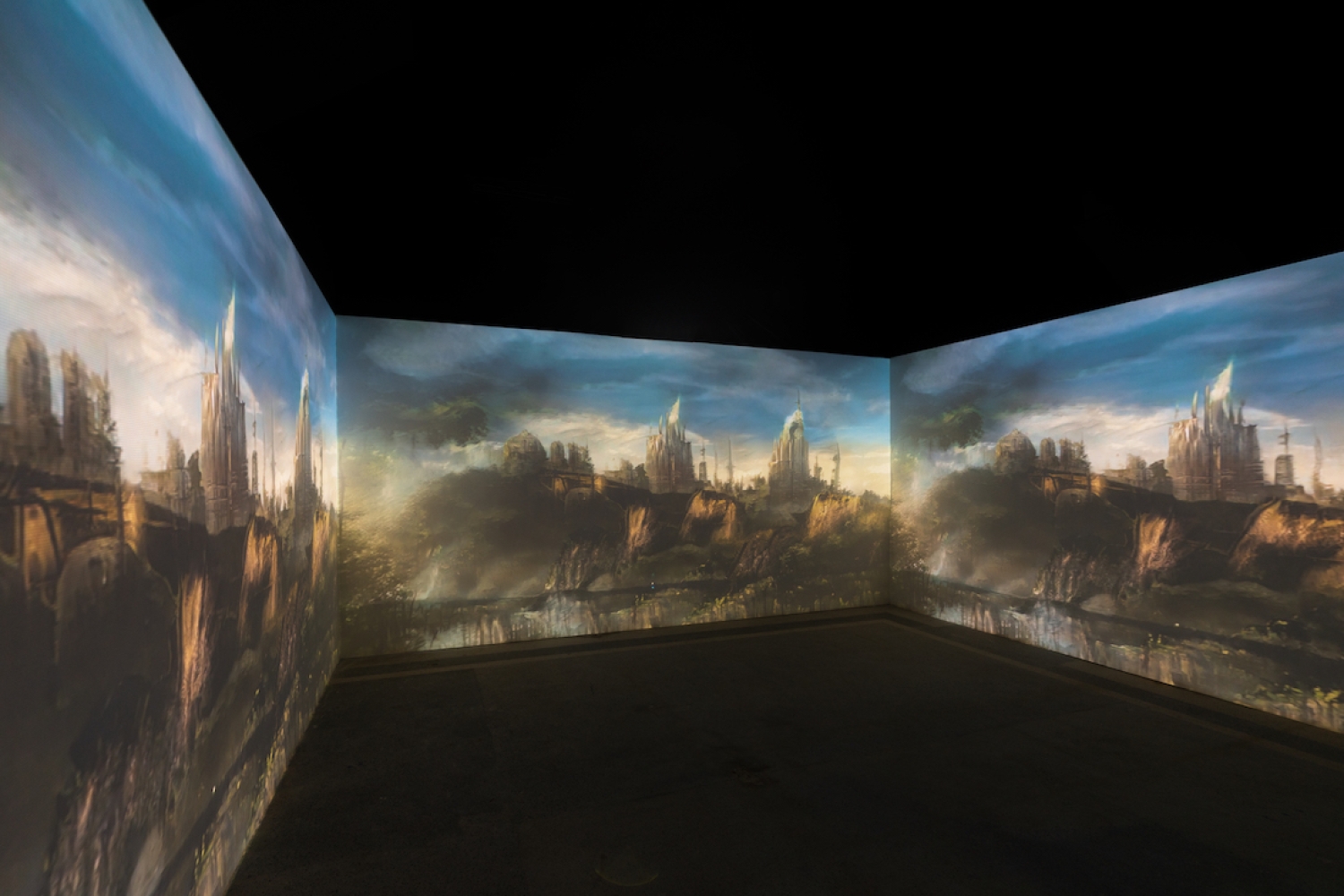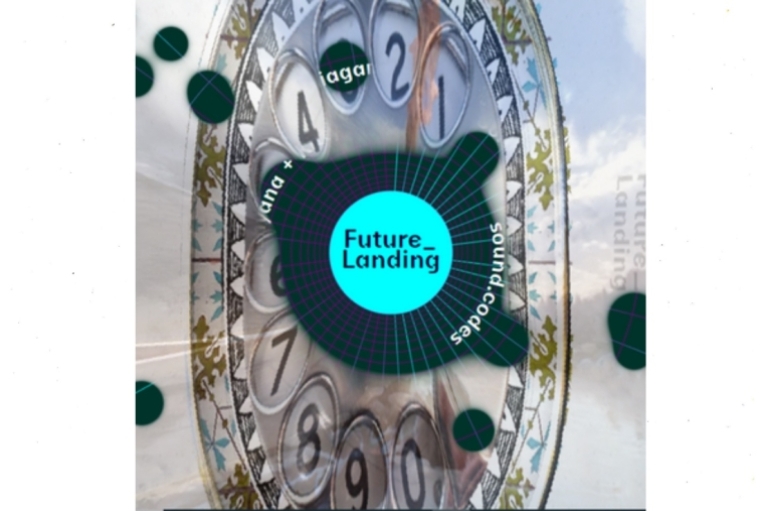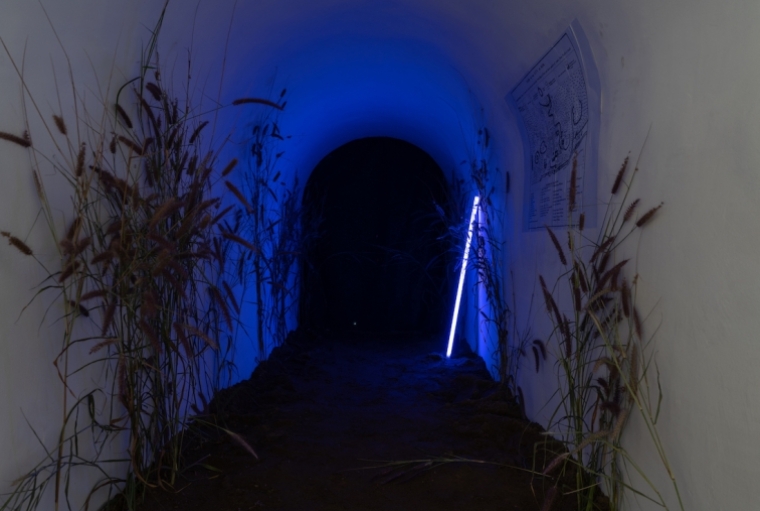

Future Landing at Serendipity Arts Festival is an immersive art experience that talks about time — the sense of holding and losing it. Spread across two floors at the Excise building in Panjim Goa, the art is not for you to look at and go back, but to interact with and gain from the stories that made it. I met Veerangana on the first day of my trip to Serendipity, where she took me through the curatorial process of the show in detail. A show that has stayed with me from the extensive list of art experiences that the festival has to offer this year.
Excerpts:
When and how did your romance with the arts begin?
I started looking at art as a child. For many of us in India, it wasn't that common to go to galleries, but I think my grandfather or my parents in some way did that with us. It was only much later that I wanted to work with galleries. I studied Indian aesthetics, and I then started looking at art quite differently and realised how it wasn't so normal for people to go to galleries. And I think that's where that switch happened, from taking it for granted to wanting to know more about what's happening. Then, when I was curating at Bodhi Art, I started working with young artists and suddenly I think that's what sort of stopped me from wanting to do anything else apart from wanting to work with younger artists, wanting to walk with their ideas, seeing how those develop into forms. And I think that's where Future Landing at Serendipity also was brought up in some way.
Because you've been working for the arts and in the arts so long, how do you think your voice as a curator has evolved?
I don't think any of us ever stop learning. And I think part of why I chose to curate and not get into the market side of things, other than the fact that I'm very bad with numbers, is just about how much I was learning through the artists, through ideas. And it wasn't a one-sided thing. It was more about this constant exchange. And I think keeping your mind active in some way. With curating, I feel in the beginning it was about getting things out there, working with a lot of contemporary artists who were also at that point still coming up, still making their way. But then my interest has gone more towards younger artists. So while there are established contemporary artists who are friends with whom I do work, I find myself constantly looking for new voices who are creating new ideas or doing new things.
During the pandemic, everything went out of control — every sense of a plan, time programming, everything went for a toss. So that I think seeped in subconsciously into Future Landing — this loss of control. And with the loss of control, this element of trust, which comes in where you trust the artists whom you're working with, and to also allow their work to evolve.

What was your curatorial process for Future Landing?
Because it was for a virtual space, one thing that I knew that we didn't want to do for sure was have this literal translation of a physical to a virtual. But then when we moved into really thinking about how it could be different because Future Landing could not be experienced without active participation. So it meant that you needed to engage. There's no passive looking. You take a photograph, it cannot translate the experience. It was all about having this transitory space where there was change and time constantly arriving at the work.
The artists had control. They had a hundred percent control over the backend. They chose what they wanted to put in, how they wanted to do it, and then they passed it on to five more artists. We started thinking about the physical form, which is called Future Landing Arcade. Some works will be dead unless you interact with them because they'll just be sitting there like a machine waiting for you to activate it.
When it came to this exhibition, because it was online, we had to think about what medium would translate online because we couldn't show a painting and put a picture of the painting on a website. What you'll see over here are visual elements of sound coded. We did a sound recording workshop here with Asia Archive on the 18th. A studio created games for Xbox and for various things, but when we invited them, they made an online game, which also talked about time and the uncertain repetition of truth, and how that works with myth.
But online, because it was harder to plug in a game because you're hosting it in a server, it still worked in a linear fashion where you couldn't go back. You could only go forward. What you'll experience here is physically playing a game with me, and solving while storytelling. And again, you see for how long people have the patience, the time to actually work through it, how many people want to go through the experience of wanting to immerse themselves in the game, to be able to want to play it and then move forward.

People never stop learning, and I think you just have to be open always to making mistakes, and be accepting of change in some way. Because I think the moment we start stopping it or rejecting the fact that somebody may not like something and block that out, we are in a way also limiting the growth because it's about allowing multiple perspectives to exist.
Text Hansika Lohani
Date 23-12-2022